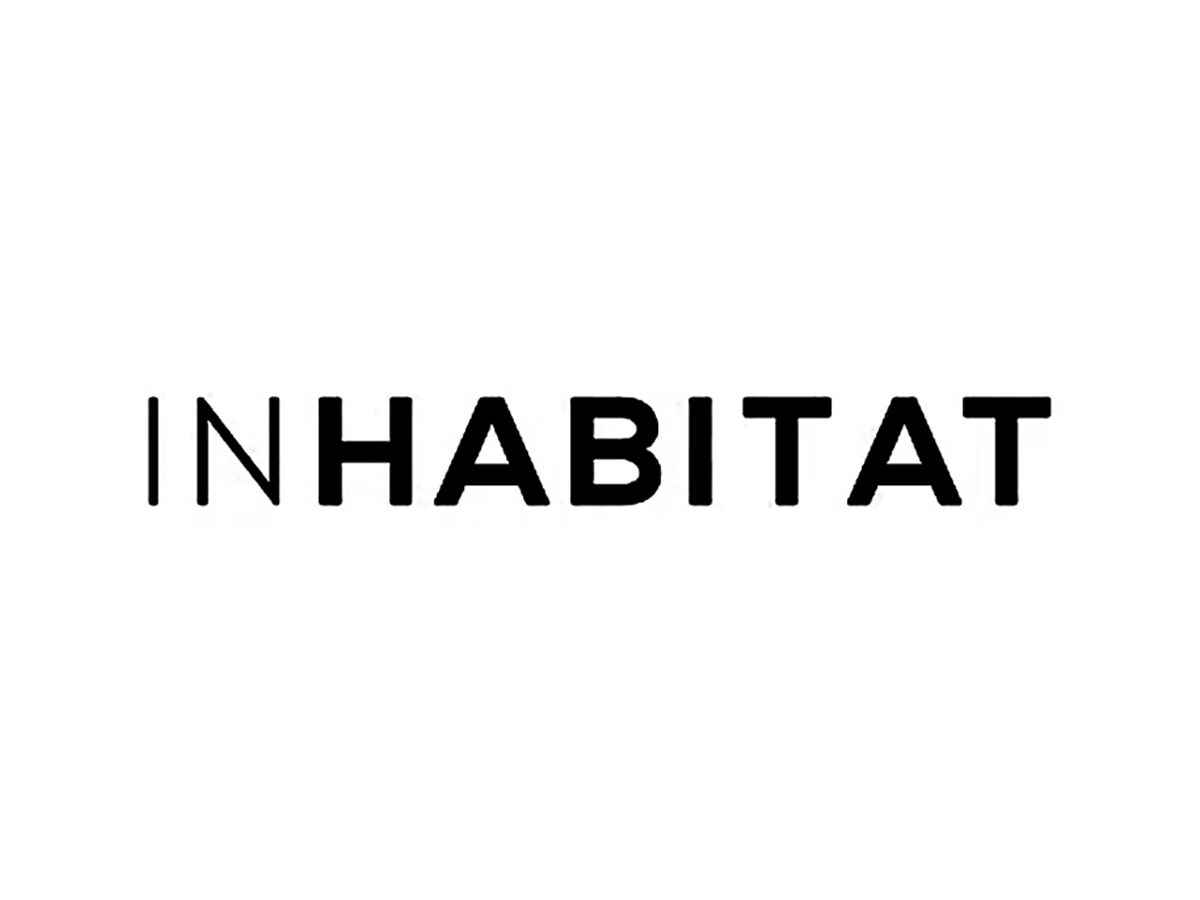InHabitat
2022.July.27

This design was in line with the concept of living with nature and learning to improve and respect natural coral. Furthermore, Maldives is the global center for coral protection.

Therefore, the housing are “scarless developments” because of their attempt to not damage the environment on which they are built. Sustainability of the new community is also a top priority, with the developers finding new methods to “interact in a durable way with our surroundings.”
In specific focus here is how to increase sustainability using water. Maldives Floating City is a development of Dutch Docklands in partnership with the Government of Maldives. Masterplan architect for the project was Waterstudio from the Netherlands. The location: a lagoon close to the capital Male and the International Airport at over 500 acres in size.

Additionally, the city is mixed use, with residential, hotels, shopping and restaurants located within the grid. Sales will start soon, and expressions of interest can be made on the city’s website. Most importantly, this is the first floating city with thousands of houses with full governmental support that allows for legal title deeds for owners. The floating city also offers the possibility to obtain a residence permit with the purchase of a house, which means internationals can live here semi permanently in Maldives.
On the other hand, the design of the homes was inspired by the history of this seafaring nation in the tropics. The city is designed as a boating community, using canals as the main infrastructure for shipping and travel. Land-based travel is restricted to walking, biking and noise-free electric scoots, with no cars allowed.

The Maldives Floating City also has green technology, including a smart grid that responds to dynamic demand, weather and climate change. Sustainable development technologies protect the marine ecosystem.
All in all, the city aims to create new habitat for the marine ecosystem it is built on rather than destroying it. New artificial coral banks will be attached to the underside of the city, which can help coral attach and grow naturally. The coral reefs of the lagoon, in turn, act as a natural wave breaker to protect against storm damage.
